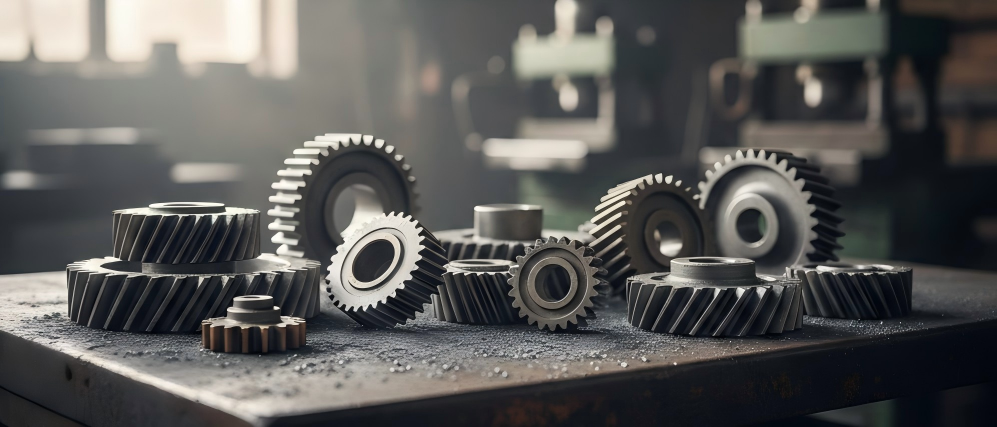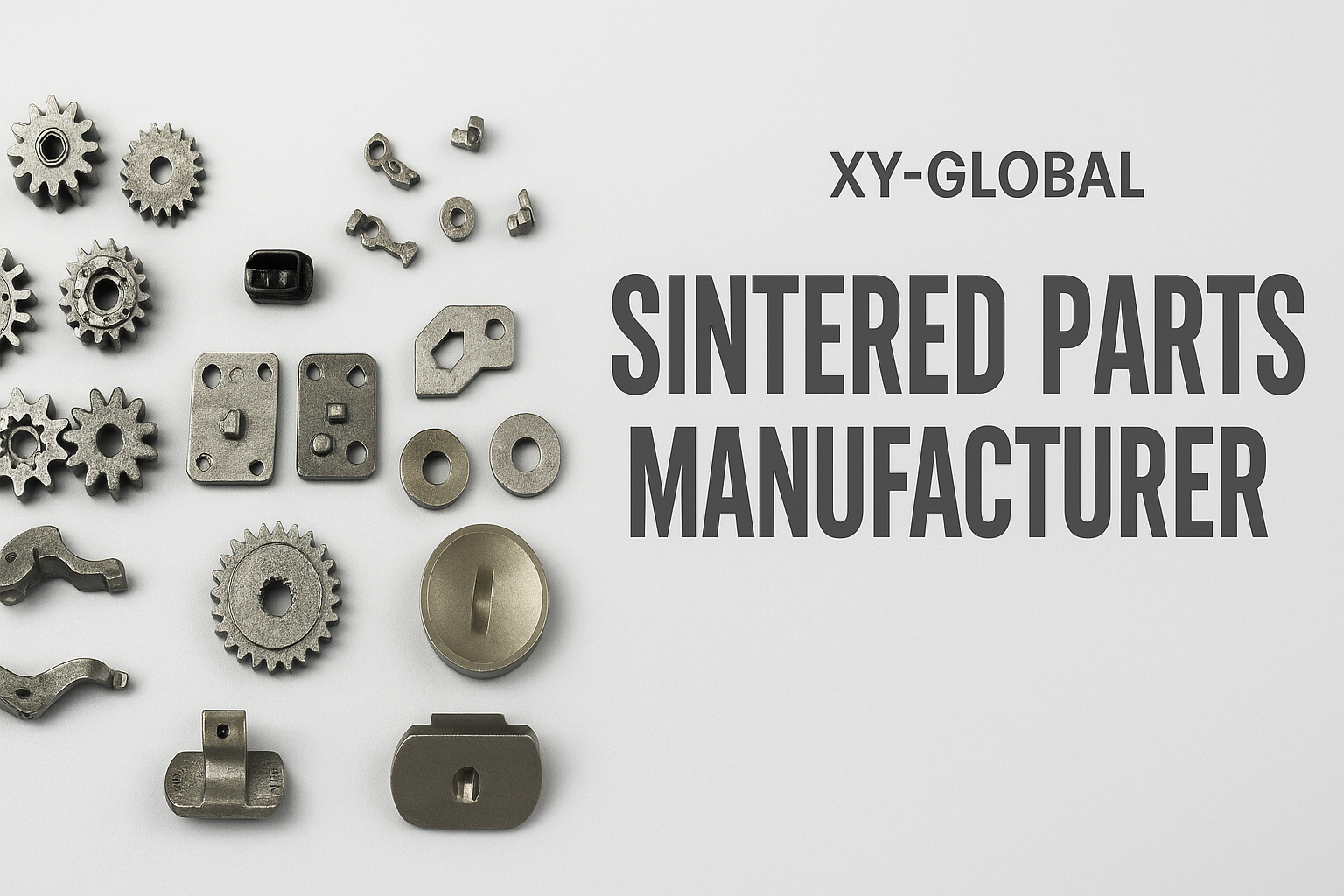Metal Injection Molding (MIM) powder is the basis of MIM raw materials. MIM powder determines the sintering process and final performance, while the additional binder material determines the injection molding process and debinding method. Therefore, MIM powder is the most critical element for the final performance.

In metal injection molding, powder metal gears with different characteristics
have different effects on the final performance of the same alloy. The main characteristics include: alloy type, different atomization technology, particle size distribution and combination method, etc.
1. Iron-Based Alloys
Carbon steel alloys: contain varying percentages of carbon and are usually used to make parts with high strength and good wear resistance.
Alloy steel: In addition to iron and carbon, it also contains elements such as nickel, chromium, and molybdenum to improve its mechanical properties and corrosion resistance.
2. Nickel-Based Alloys

Nickel alloys is also called supper-alloys, these alloys are used in application with high-temperature corrosion and oxidation resistance. Nickel-based alloys are attractive as the high potential in cost reduction. In addition, it is vital to optimize the sintering step in MIM process, in order to obtain the high strength of nickel-based alloys.The aerospace industry achieve various benefits by the combination of nickel-based alloys and metal injection molding technology. Such as jet turbines, gas turbines, pressure vessels, aero engines, turbochargers and chemical processing components.
Alloys with high nickel content usually have excellent high temperature resistance and oxidation resistance and are widely used in the aerospace and chemical industries.
3. Cobalt-Based Alloys

Cobalt-based alloys have good magnetic properties, corrosion and wear resistance, high temperature strength. In these alloys, cobalt core is alloyed with other metals elements like, chromium, tungsten, nickel and iron. Cobalt-based alloys is used in tough and challenging environments with high temperature and acids.These alloys have good wear resistance and high temperature resistance and are suitable for manufacturing tools and gears.
4. Aluminum-based alloys
Contain aluminum and its alloying elements (such as silicon, copper, zinc, etc.). Aluminum-based alloys are widely used in the aerospace and automotive industries due to their light weight and corrosion resistance.
5. Copper-Based Alloys

Contain copper and other elements (such as zinc, tin, etc.), mainly used for conductive materials, connectors, and corrosion-resistant parts.
6. Titanium Alloys
Titanium alloy powders are normally manufactured by electrode inert gas atomization (EIGA) system with the highest international standards. This powder has excellent characteristics of high purity, homogeneous microstructure and excellent consistency. Titanium powders are critical for applications with significant weight saving and high performance, such as medical, aerospace.
7. Special Alloys
Including special alloys for various purposes, such as memory alloys, superconducting alloys, etc., with specific physical and chemical properties.
Different types of MIM alloys have different physical properties and application fields due to their different compositions. When selecting alloys, it is necessary to select suitable MIM alloys based on actual application requirements, taking into account mechanical properties, corrosion resistance, high temperature resistance and other factors.













Share:
Heißmetal Powders for Hot Isostatic Pressing
Micro Metal Injection Molding for Medical Devices